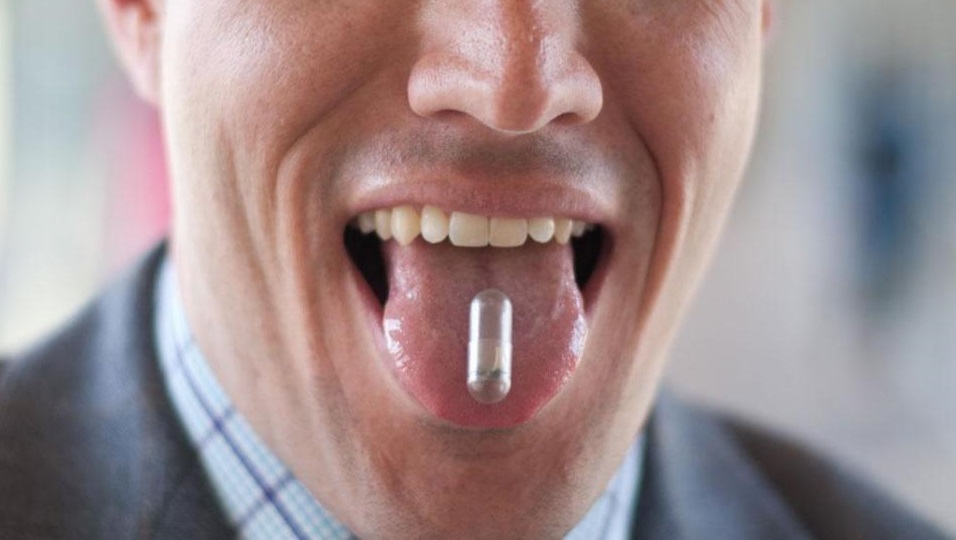Edible battery could power medical devices of the future

Future biomedical devices may find their source of power from biodegradable battery pills.
Developed by researchers at Carnegie Mellon University (CMU) in the US, the edible battery is made from natural materials and can produce enough energy to power a 5 milliwatt device for up to 18 hours.
The battery’s power source comes from the skin pigment melanin which, in its normal role, protects the body from excessive DNA damage caused by exposure to ultraviolet light. Due to the natural occurrence of melanin in the body, the battery is non-toxic.
Melanin’s suitability as a battery power source comes from its additional ability to bind and unbind metallic ions – a process that powers standard batteries.
“For decades, people have been envisioning that one day, we would have edible electronic devices to diagnose or treat disease,” explained Professor Christopher Bettinger, one of the CMU research team in charge of the edible battery’s development.
“But if you want to take a device every day, you have to think about toxicity issues. That’s when we have to think about biologically derived materials that could replace some of these things you might find in a RadioShack.
“The beauty is that by definition an ingestible, degradable device is in the body for no longer than 20 hours or so. Even if you have marginal performance, which we do, that's all you need.”
The research team investigated different compounds and configurations for their edible battery, trying other materials that occur in the body such as copper and iron.
"We found basically that they work," said Hang-Ah Park, another member of the CMU research team that carried out the project. "The exact numbers depend on the configuration, but as an example, we can power a 5 milliWatt device for up to 18 hours using 600 milligrams of active melanin material as a cathode."
Although irrelevant for larger devices such as pacemakers or implantable devices, the power the battery could produce is enough for the battery to sense changes inside the body and release a drug or vaccine in response.
The researchers are now investigating the use of alternate natural materials to build their battery including pectin, the gelling agent found in jelly and jam, as well as packaging materials to ensure their safe delivery to the appropriate site in the body.












